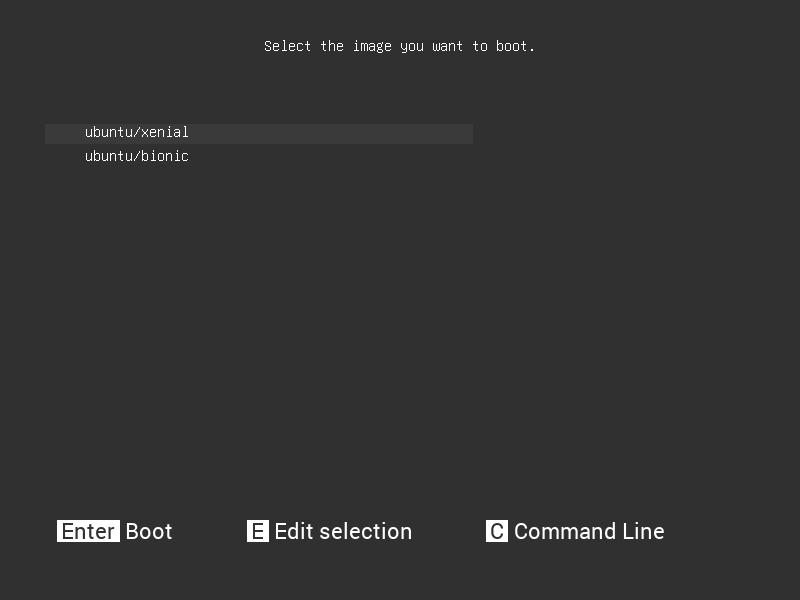What can you do with znx:
- Deploy multiple operating systems on the same device, without the need of repartitioning it.
- Perform atomic (safe) updates on the deployed operating systems (for real!).
- Perform rollbacks on the images after an update.
BOLD is a word that describes znx wonderfully. It’s a different approach to distributing Linux-based operating systems. And it has reached its first beta!.
Znx is built around the UNIX Philosophy guidelines. It aims to be a simple tool that does one thing and does it well. I have been concerned about how complex it is to a user (I’m of course referring to users that lack enough technical knowledge) to install and manage both the operating system and the software it runs, especially on UNIX-like systems, like GNU/Linux. So I thought I could simplify this whole thing.
In the image below, you can see the znx boot menu. And that’s pretty much about znx. As you see, two entries are available. Those entries correspond to two deployed ISO images. The content of those images is never extracted into the storage device. The operating systems are encapsulated.

Any system should be easy to use for the user (or, at least, that way it should be), and this is the main goal of znx. Is there a real need for making the installation process of operating systems so complex and time-consuming? Actually, there isn’t. Znx is not just a program that installs ISO images; it’s a major architectural redesign of the process of distributing, installing, and managing Linux-based distributions.
Znx is a UNIX shell script that acts as a bridge to join some programs. These include:
- sgdisk.
- The GRUB2 bootloader.
- The zsync protocol.
This bunch of tools is enough to create a powerful yet simple system that can manage multiple operating systems without having to install them in the traditional way, perform differential updates on those systems, and the ability to perform rollbacks to the last working image.
A more detailed description of what’s inside znx can be found in its wiki. This is a huge leap in the way that both developers deliver their operating systems, and users use them. It’s open, and it’s ours.
Our hope, at Nitrux, is to create useful tools for our users; help them do their job. znx is another milestone towards this goal. We hope you enjoy using our systems as much as we enjoyed developing them.
